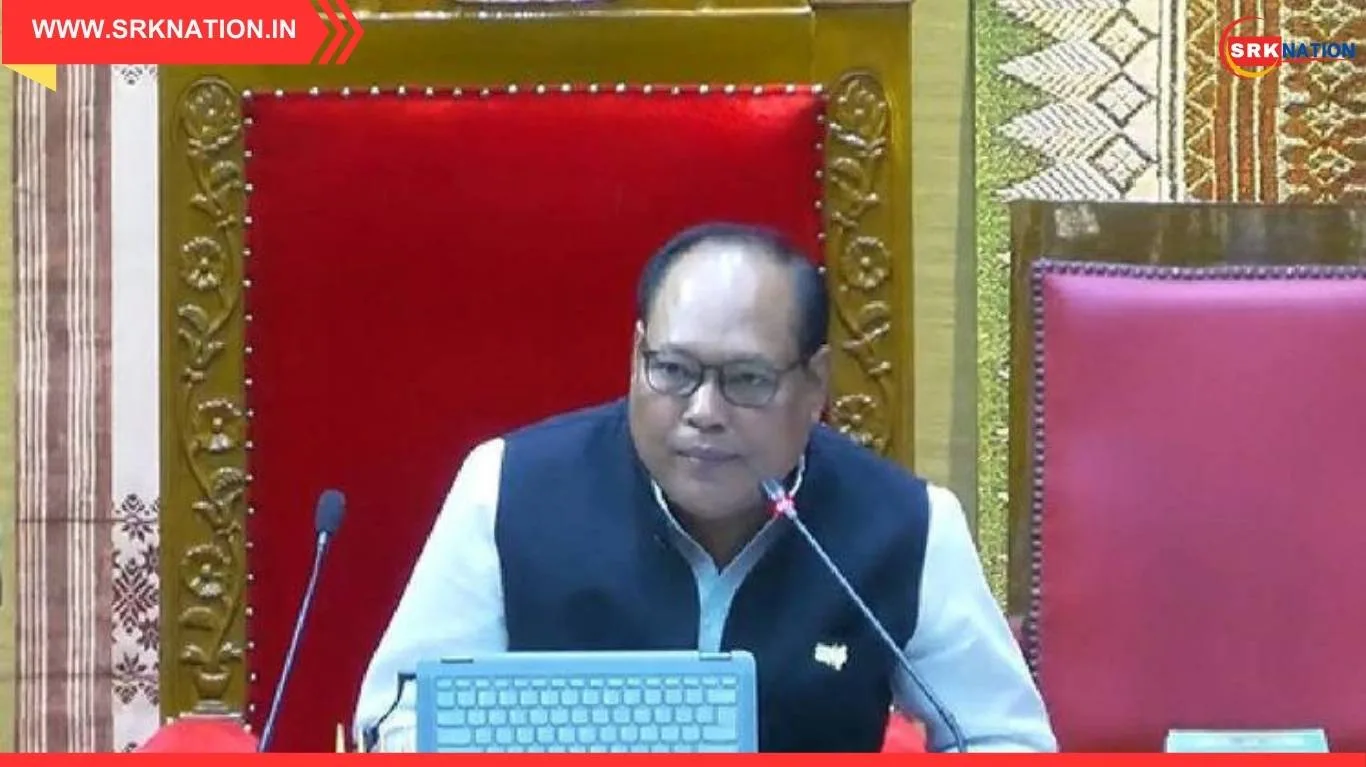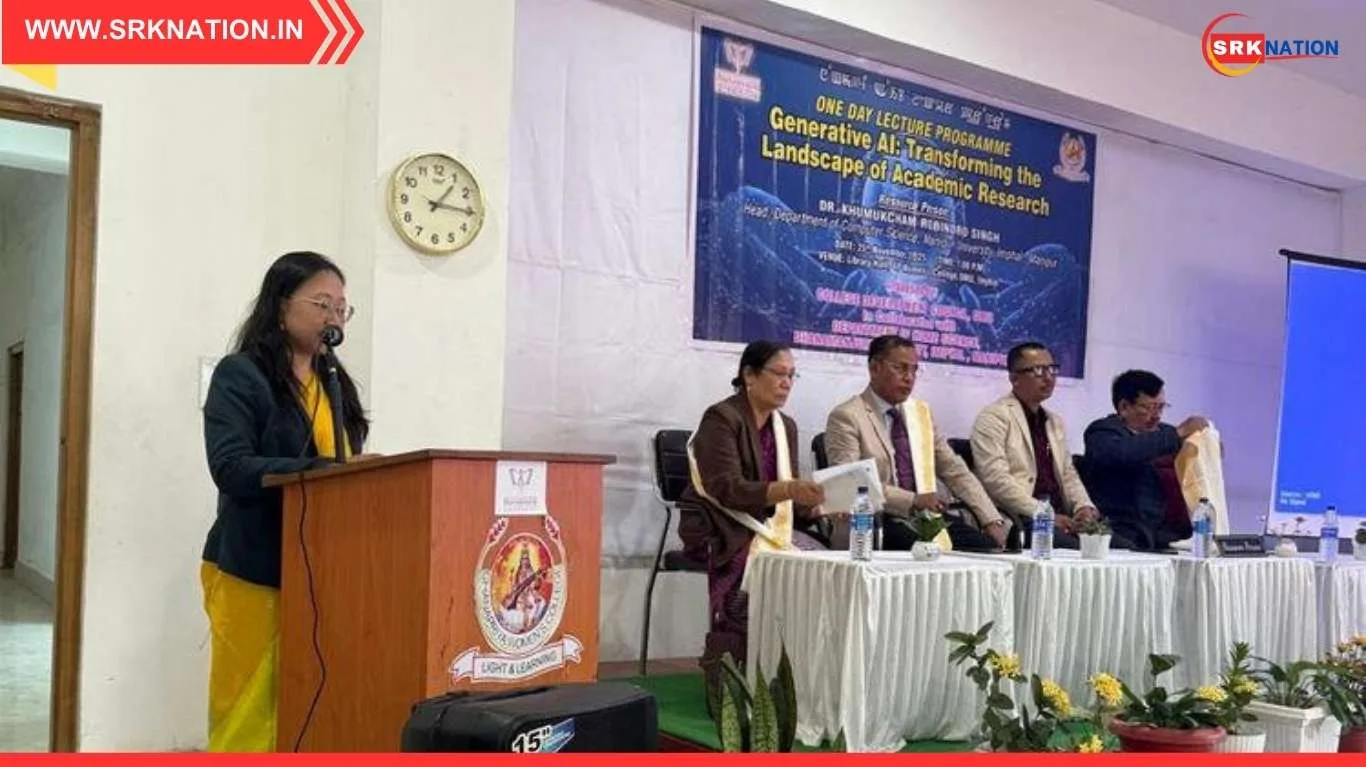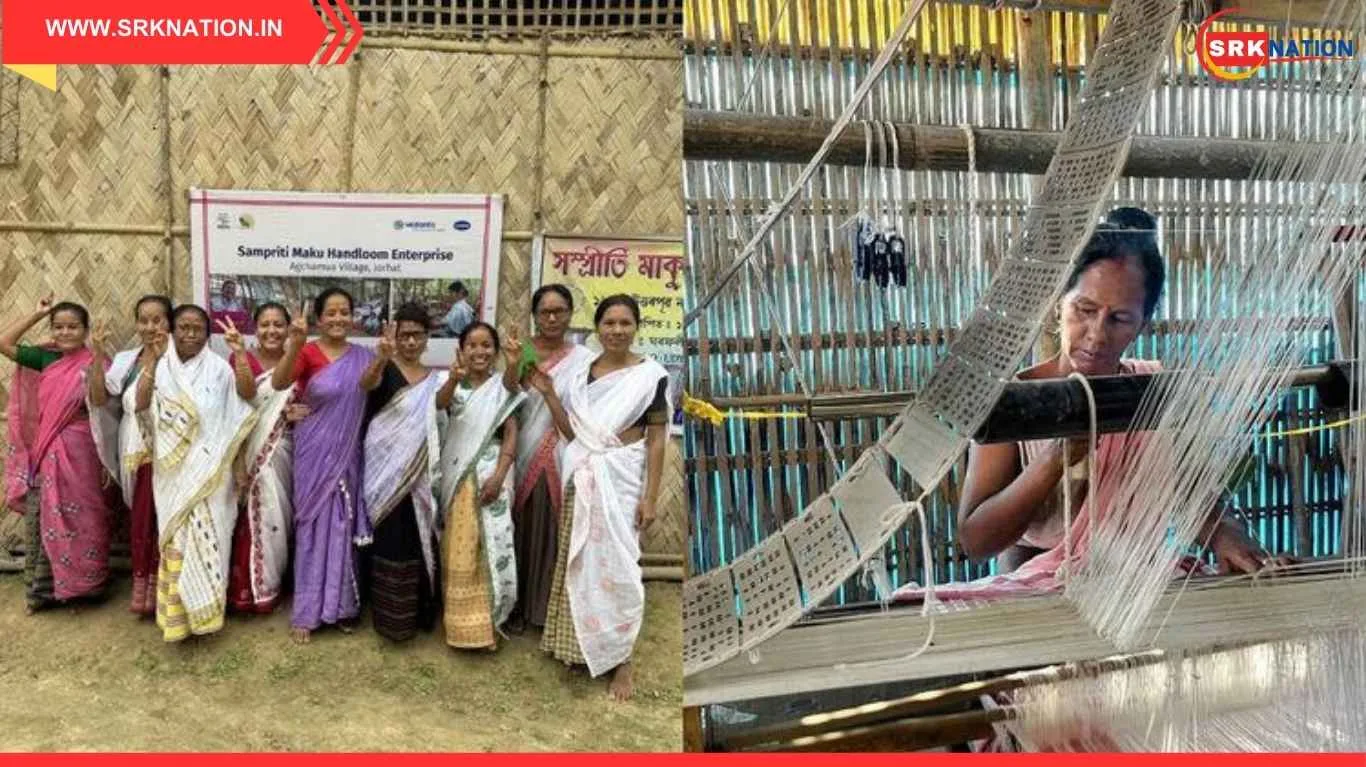In a significant step toward preserving the legacy of Assam’s freedom fighters and martyrs, a high-level review meeting was held to assess the progress of the prestigious Swahid Smarak Kshetra project in Guwahati. The project, which has a sanctioned budget of ₹100 crore, is set to become a monumental tribute to the countless brave souls who laid down their lives in various movements for Assam’s rights, identity, and independence.
Assam Minister for Housing and Urban Affairs Ashok Singhal, who is overseeing the project, conducted an on-site inspection and chaired the review session along with senior officials from the Guwahati Metropolitan Development Authority (GMDA), contractors, architects, and technical consultants. The meeting was aimed at ensuring that the project adheres to timelines, quality standards, and design vision, with a clear emphasis on expediting pending civil works and landscaping components.
Swahid Smarak Kshetra: A Beacon of Assam’s Sacrifice
The Swahid Smarak Kshetra (Martyrs’ Memorial Complex) is envisioned as a state-of-the-art memorial and cultural park, situated strategically in the heart of Guwahati. Designed to encapsulate the rich history of Assam’s socio-political struggles, including the Assam Movement, the Bodo agitation, and other regional uprisings, the project is being constructed to serve both as a remembrance site and an educational destination.
Located on a sprawling land parcel near Gandhi Mandap, the memorial complex is expected to draw both domestic and international visitors. Once complete, it will house:
- Statues and installations commemorating freedom fighters and movement leaders
- An interpretation centre with digital archives, photo galleries, and storytelling corners
- An open-air amphitheatre for cultural and patriotic performances
- A martyrs’ wall bearing names and details of those who sacrificed their lives
- Landscaped gardens, meditation zones, and public gathering areas
Construction Progress: Key Milestones and Current Status
According to the latest update shared during the minister’s review, the Swahid Smarak Kshetra project has crossed the 60% physical progress milestone, with civil works on the main structure nearing completion. The upcoming focus areas will include installation of memorial sculptures, interior work in the interpretation centre, amphitheatre finishing, and the development of green zones.
| Component | Status (as of July 2025) | Expected Completion |
|---|---|---|
| Civil structure foundation | Completed | Q1 2024 (Completed) |
| Superstructure (memorial zone) | 85% completed | Q3 2025 |
| Interpretation Centre | 60% completed | Q4 2025 |
| Amphitheatre | 45% completed | Q1 2026 |
| Landscaping and water bodies | Started (15% progress) | Q2 2026 |
| Digital archives and displays | Procurement initiated | Q2 2026 |
Minister Ashok Singhal reiterated the government’s commitment to completing the project by mid-2026, ensuring that no delays hinder the emotional and cultural relevance of the site.
Significance for Assam’s Cultural Identity
The Swahid Smarak Kshetra is more than a civil infrastructure project—it’s a symbol of Assamese pride, memory, and inter-generational dialogue. For decades, the people of Assam have voiced the need for a grand monument to honour their heroes from struggles like:
- The Assam Movement (1979–1985), where over 800 people reportedly lost their lives in protests demanding the detection and deportation of illegal immigrants.
- The Bodo and Karbi movements, which saw several youths laying down their lives in demand for identity, rights, and recognition.
- Various anti-dam, student, and tribal rights movements, rooted in Assam’s unique socio-political fabric.
The memorial will serve as a living archive, allowing future generations to understand the price of freedom, identity, and regional integrity.
Technological Features and Sustainability Aspects
One of the distinctive features of the Swahid Smarak Kshetra is its integration of green architecture and sustainable development norms. According to project engineers and designers, the complex will use:
- Solar-powered lighting systems
- Rainwater harvesting structures
- EV charging stations at the parking complex
- Low-carbon construction materials
- Zero-discharge waste management system
In addition, interactive digital kiosks, AR-based historical storytelling pods, and multi-language narration tools will be added to make the site accessible and engaging for visitors of all age groups and regions.
Economic, Educational, and Touristic Impact
Once completed, the Swahid Smarak Kshetra is expected to play a vital role in boosting local tourism, employment, and education. The government estimates that the memorial complex will generate:
- Over 1 lakh footfalls per year
- Employment for over 300 individuals, including guides, educators, maintenance workers, and performers
- Opportunities for local artisans to showcase their work through sculpture and mural installations
Local schools and colleges are also expected to include the memorial in their educational field visits, encouraging students to explore Assam’s freedom narrative from a grassroots perspective.
Assam Government’s Broader Vision for Heritage Projects
The Swahid Smarak Kshetra is part of a larger vision by the Assam Government to revive and preserve cultural heritage through monumental architecture. Other key projects in the pipeline or underway include:
| Project Name | Location | Budget (₹ crore) | Focus |
|---|---|---|---|
| Lachit Borphukan War Memorial | Jorhat | 150 | Ahom warrior legacy |
| Srimanta Sankardev Cultural Hub | Majuli | 80 | Vaishnavite cultural preservation |
| Bodo Martyrs’ Memorial | Kokrajhar | 60 | Tribal struggle and identity movement |
| Assam Ethnographic Museum | Guwahati | 120 | Indigenous culture showcase |
Minister Singhal emphasized that these projects aim not only to beautify urban spaces but to nurture pride in Assam’s unique identity, bridging modern infrastructure with age-old values and memories.
Public Sentiment and Community Participation
The public response to the Swahid Smarak Kshetra initiative has been overwhelmingly positive. Several organizations including All Assam Students’ Union (AASU) and AJYCP have expressed support, urging the government to include all key movement figures and make the process transparent.
Additionally, the state has initiated outreach programs to collect stories, letters, and personal accounts from families of martyrs for inclusion in the digital archive. This collaborative approach has ensured that the memorial resonates with lived experiences rather than abstract narratives.
Conclusion
As Assam marches toward a modern future, projects like the Swahid Smarak Kshetra in Guwahati serve as powerful reminders of the sacrifices made to protect the state’s identity, rights, and dignity. With sustained political will, transparent execution, and public engagement, this ₹100 crore tribute is poised to become a historical and emotional landmark for generations to come.
The ongoing work under the leadership of Minister Ashok Singhal reflects the state’s intent to blend infrastructure with emotion, technology with tradition, and memory with hope.
Disclaimer: This article is intended for informational purposes only and does not constitute political or historical advice. All project updates are based on official government briefings and are subject to change. Readers are encouraged to verify details with official departments before drawing conclusions or making plans to visit the site.











